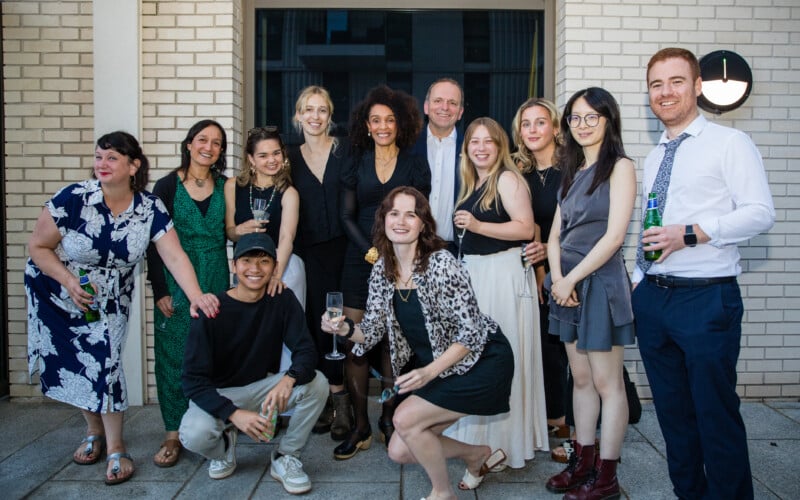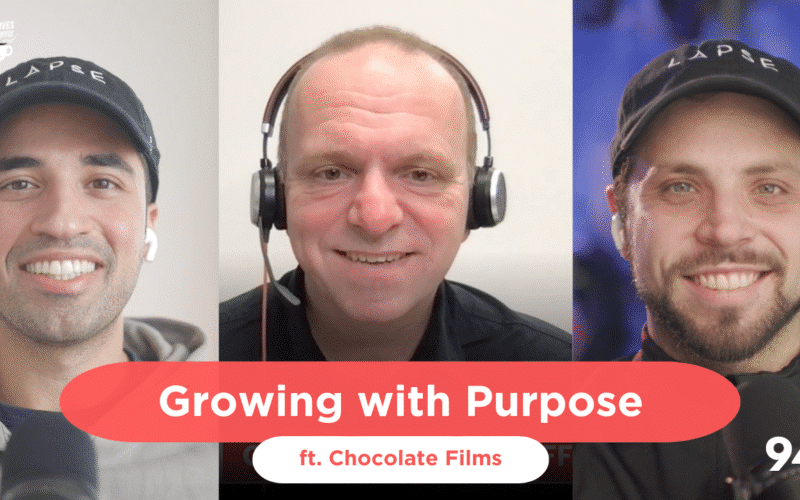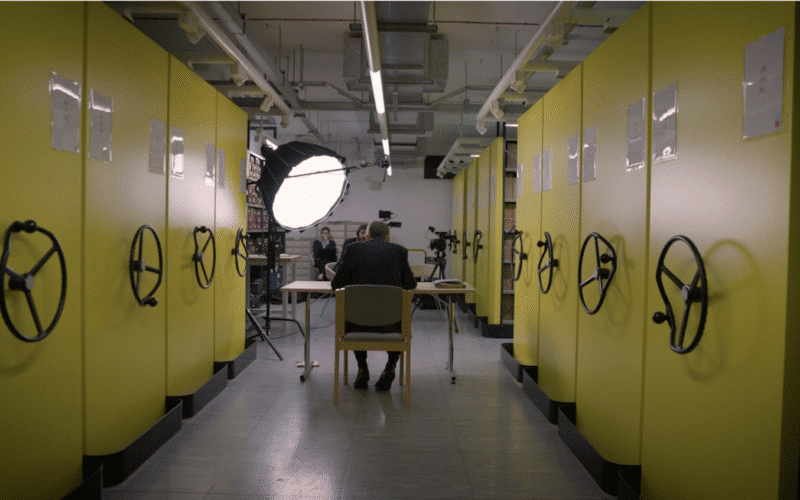For half an hour, on the evening of 20 February 2020, Piccadilly Circus was transformed into a celebration of the work of the great artist, Pablo Picasso. We produced a three-minute film especially for its iconic screen. It’s the largest advertising display in Europe and it usually shares advertising content from some of the world’s biggest brands. Here is how we made our largest film yet.
THE INSPIRATION: FROM ONE PICASSO FILM TO ANOTHER
We were commissioned by The Royal Academy to complement the gallery’s blockbuster ‘Picasso and Paper’ exhibition which opened on 25 January. We made the film using images from Picasso’s work, quotes from the artist himself, and clips from the rarely seen documentary ‘Le Mystère Picasso’ by the great French film director Henri-Georges Clouzot (The Wages of Fear, Les Diaboliques).
Le Mystère Picasso is one of the most fascinating documents of an artist at work. Clouzot used innovative set-ups so that we can see Picasso’s line ‘drawing itself’ onto the screen. He also captures documentary footage of Picasso in the studio and time lapse footage of his work developing. Within the three-minute output, we aimed to touch on each of these aspects of the film in a visual narrative that followed Picasso’s work from black and white, to colour and collage.
a video challenge of Monumental proportions
This project was at the intersection of different ways to approach video. As a (very) general rule of thumb, bigger screens are more likely to be planned views – videos that you choose to watch, where you’ll play close attention, like watching a feature film in the cinema – rather than impulse views that you chance upon. The lights at Piccadilly Circus turn that rule on its head.
The way in which you structure a story is different too, whether you’re making a documentary film or trailer; but this film needed to raise awareness of the exhibition by being a valuable piece of interpretation about Picasso and his artistic approach in its own right.
Challenge #1: The Screen’s Size
At 783 m2 the screen is truly enormous. It’s nearly 12 x the size of the average new home in the UK and 14 x the size of the combined decks of a double-decker London bus. At every step, the film was designed with this mammoth screen in mind; we created a scale image of a person that we could overlay onto the screen while editing to remind ourselves of the enormity!
Challenge #2: Its Shape
Additionally, the shape of the screen bends around and different parts are visible from each of the roads entering Piccadilly Circus. It was an exciting challenge to ensure that the work would be coherent and enjoyable from every angle.
Challenge #3: Its Parts
The screen also had its own requirements. There must always be at least four screens running concurrently. These must be no smaller than 50 m2 and no larger than 550 m2. For this particular project, this meant that at all times, the individual screens should be complementing each other to tell the same story.
Challenge #4: The Audience
We were also mindful of audience behaviour in the square. Many people pass through on foot, bus or by car. Since this three-minute film was played on a loop, the film’s narrative had to strike a careful balance – to be accessible and interesting at any given moment, but also to reward those who paused to enjoy it all the way through.
A CREATIVE ENDEAVOUR
It was great to work on this project with the Royal Academy – and ultimately, this film, produced by us, was about the act of creation. The film, as well as the exhibition, explore Picasso as much through his artistic and creative process as through his actual artworks.
When you take over a space such as Piccadilly Circus, you are making a statement. For 30 minutes, the film embedded art, art history, and human creativity into the heart of our city.
Love Arts & Culture video content? Take a look at our other blog posts:




